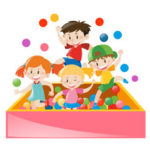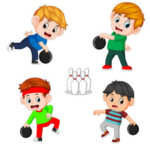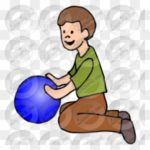
by Neetu | May 31, 2021 | Manthan
Learning Outcome
Move safely in self-space, today we are going to play Beanbag Bandage. In this game, the Patient was injured while and the doctors need to figure out where to put the bandage.
Activity Description
1.It’s time to play Beanbag Bandage. The Patient was injured while playing and the doctors need to figure out where to put the bandage.
2.Altogether, the doctors will ask, “Where does it hurt?” The Patient picks a body part to call out and places the beanbag over the injury. For example, “My elbow hurts!”
3.All of the doctors follow along by also placing beanbags on their elbows and saying, “All bandaged up! Is that better?” The patient says, “Yes, thank you!”
4.The doctors ask again, “Where does it hurt?” The Patient says another body part, “My toes hurt!” This continues until the teacher stops play and chooses new Patients.
Required Material
4 Boundary cone, bean bag
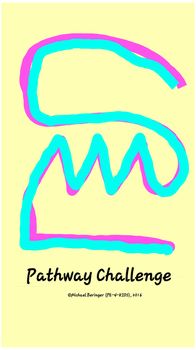
by Neetu | May 31, 2021 | Manthan
Learning Outcome
To help children learn about different pathways (straight, curved, and zigzag).
Activity Description
Wipers – In this movement, patterned after the motion of windshield wipers, children move their hands and arms from right to left as the ribbon flows back and forth high in the air in a curved pathway.
Circles – “Hold the end of the stick and move your hand and arm in a large circle in front of your body. Can you make circles at your side? Can you make a circle over your head?”
Floor Sweeps – “Move your ribbon from side to side on the floor in front of you. Can you pretend that you are sweeping the floor?”
Fishing – Children use the ribbon stick like a fishing pole. They move the stick into the air and slightly behind the head, then bring the hand and arm forward as if throwing a fishing line into the lake. Next, they bring the line back over their heads and begin again making giant curved pathways above their heads.
Squiggle Down – This movement is similar to fishing except when children bring the ribbon forward they should shake it in a zigzag path from above their heads down to the floor.
Snakes – Children love to watch the ribbon move like a snake on the floor. Ask that children put the ribbon on the floor in front of them and then walk backward as they move the ribbon back and forth in a zigzag pathway
Required Material
4 Boundary cone, Dupatta/Rope
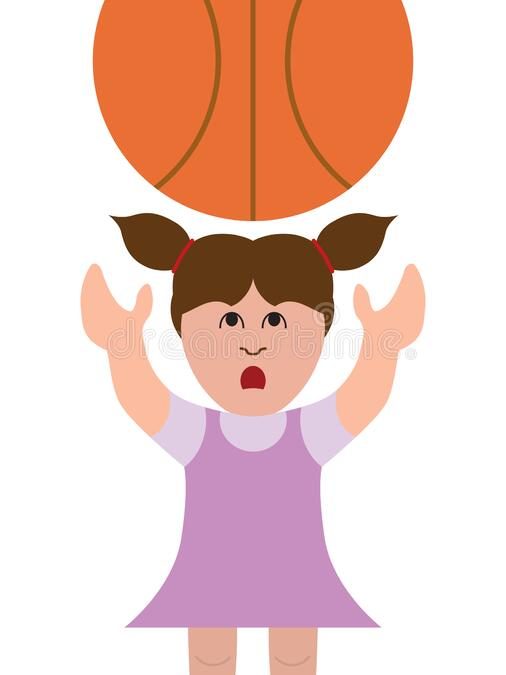
by Neetu | May 31, 2021 | Manthan
Learning Outcome
This activity develops hand-eye coordination, fine motor control, and the ability to track moving objects in the air. These skills transfer to sports and activities that involve flying objects (e.g., balls, shuttlecocks, frisbees, ribbons, sticks, batons).
Activity Description
Show your child the overhand catching stance: hands at head height, palms forward, fingers separated and pointing upward, thumbs side-by-side and almost touching (they should nearly form a ‘W’ with the index fingers).
Stand 2-3 meters from your child and gently toss the ball into his or her hands.
If your child has difficulty catching the ball, move closer.
As your child begins to catch the ball consistently, move farther away. See how far away your child can catch the ball.
Keep your ball tosses at head height.
Variations
At distances of 5-10 meters, toss the ball slightly to each side – the child should move their feet to get behind and under the ball
Required Material
4 Boundary cone, A beanbag, soft foam ball, or sock ball (made by stuffing two socks into one another.

by Neetu | May 31, 2021 | Manthan
Learning Outcome
This activity develops dynamic balance, coordination, and rhythm required for activities at older ages such as running, skipping, hopping, and dancing.
Activity Description
Line up in front of the hopscotch grid.
First in line tosses the marker onto square 1.
Hop over square 1 and hop through all the other squares on one foot.
At the end of the grid, turn around and hop all the way back on one foot.
Pause to pick up the marker from the square.
Finish hopping back to the start.
Throw the marker into square 2 and go again.
Repeat until you have done the hopscotch grid with the marker in every square.
NOTE: When you see two free squares side by side, you land one foot in each square at the same time before continuing on one foot.
RULE: If a player steps into the square with the marker, touches any lines, or touches the ground with any body part other than the one foot, that player starts again at square 1.
Variations
Try different hopping actions to go through the course (alternate foot, feet together, hopping backward, etc.)
Make up your own hopscotch grid if chalk is available
Required Material
4 Boundary cone, A hopscotch grid, or chalk to draw one, A bean bag, small stick, or rock to use as a marker
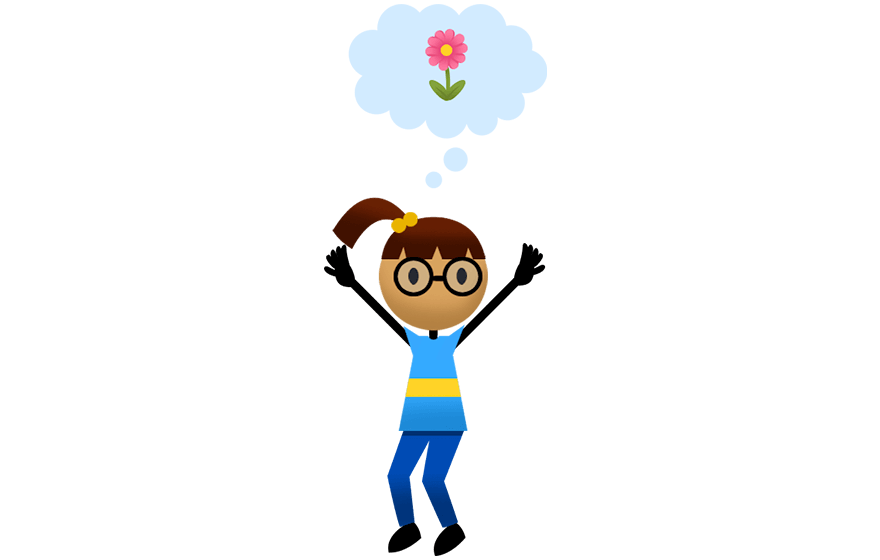
by Neetu | May 31, 2021 | Manthan
Learning Outcome
This activity develops coordination and balance as kids try to imagine and imitate the movement of a flower as it grows and blossoms.
Activity Description
Have your child find an open space on the floor or ground.
Tell your child to crouch into a ball (“seed”).
Tell your child to start “growing” like a flower. Rise up slowly and reach out with arms as if sprouting.
Try different plant “actions”:
The wind blows: sway and wave arms
The plant gets thirsty: droop over forward
Nighttime comes: close arms like petals closing
The sun comes out: stretch arms upward
Winter comes: crumble to the ground
Repeat as a different kind of flower, bush, or tree.
Variations
If you have a group, some children can be gardeners who walk around and “water” the flowers – they must make sure the flowers continue to grow – the children who are flowers should bend if they go too long without water.
Required Material
4 Boundary cone

by Neetu | May 31, 2021 | Manthan
Learning Outcome
This activity develops coordination and balance as kids have to constantly bend and balance on one foot.
Activity Description
Pretend the open space is a pond.
The goal is to cross the pond by walking on your two lily pads.
Begin by placing one lily pad on the “pond” and step onto it with one foot.
While balancing on one lily pad with one foot, place the second lily pad in front.
Step onto the second lily pad and balance on one foot again.
Continue until you have crossed the entire “pond”.
If you lose balance and fall into the “water,” pretend to swim up to your lily pad again by doing five jumping jacks, then continue crossing the pond. Variations
Ask your child to think up a new scenario – for example, stepping between rocks over lava
Challenge your child to place the lily pad as far as possible in front of the other lily pad (longer steps)
Required Material
Two round pieces of paper









